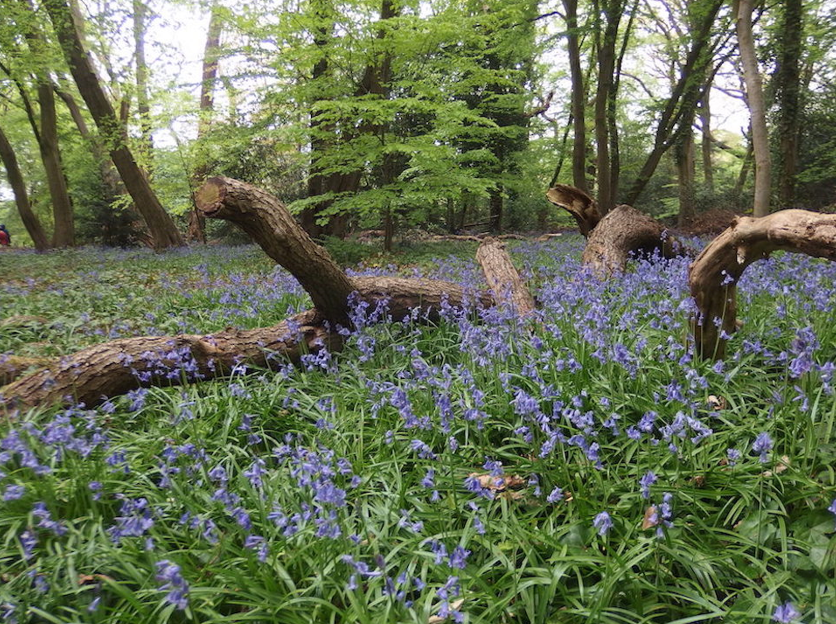Highgate Wood
Highgate Wood is a much-loved ancient woodland, meaning it’s remained woodland for over 500 years, in North London. It is a remnant of the ancient forest of Middlesex, and covering 28 hectares. It is hugely important for wildlife, as well as offering human visitors a connection to a timeless natural landscape in the city.
Highgate Wood is managed as a charity by the City of London, with the support of Heath Hands. Our volunteers mainly focus on helping manage and conserving its myriad of habitats to ensure the woods support a rich diversity of wildlife.
Nature in Highgate Wood
Highgate Wood has several veteran trees, including veteran oaks and a rare veteran wild service tree. The rot holes, loose bark and crags of these trees offer roosting places for bats, including the UK’s largest species - the Noctule. They are also used by nesting birds such as nuthatches and kestrels.
Also growing on these trees and the fallen decaying wood around them are a plethora of fungi. Decaying wood is left in place for them to avoid damaging their root-like mycelium networks.
As an ancient woodland, Highgate Wood also supports an abundant woodland flora, including beautiful carpets of Wood Anemones and bluebells in spring, as well as native Wild Daffodils.
The team at Highgate Wood have recorded:
over 900 invertebrate species
over 400 moth species
353 fungi species and counting
70 bird species
seven bat species
The history of Highgate Wood
Highgate Wood is part of the ancient Forest of Middlesex, which once stretched across much of London, Hertfordshire and Essex. There is evidence of human occupation since the stone age, with worked flints found in the woods.
The Romans built and worked pottery kilns in the wood, with the most complete Roman kiln ever found in the UK excavated from here. You can find out more from the Highgate Roman Kiln Project.
In the Medieval period, the wood was part of the Bishop of London’s hunting Estate . From the 16th to the 18th Centuries, the wood was leased for harvesting timber partly through traditional coppicing (cutting trees to the ground and harvesting the regrowth). Much of this timber was used in building and shipbuilding.
To find out more about Highgate Wood’s history, download this booklet on the history of Highgate Wood written by Michael Hammerson for the City of London.
Highgate Wood blog posts
Map of Highgate Wood
H








